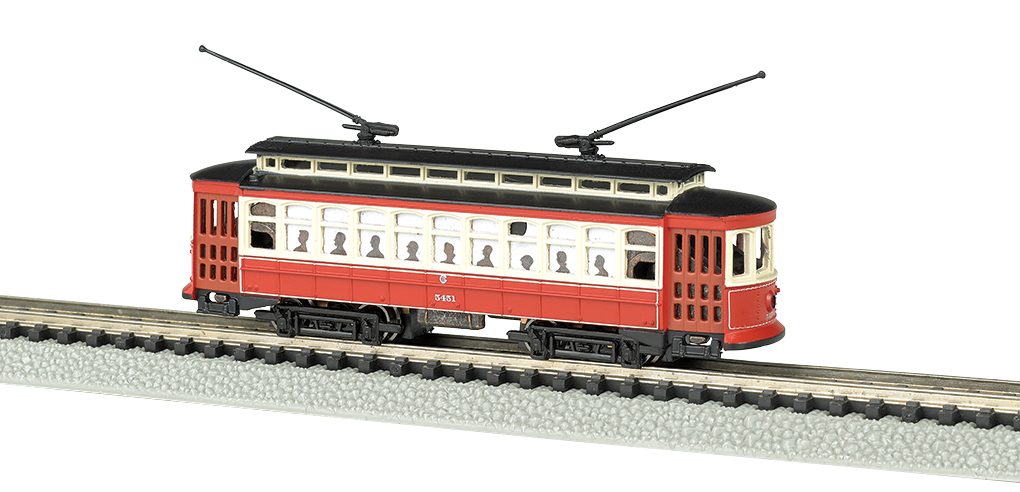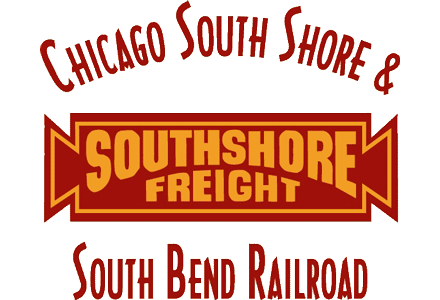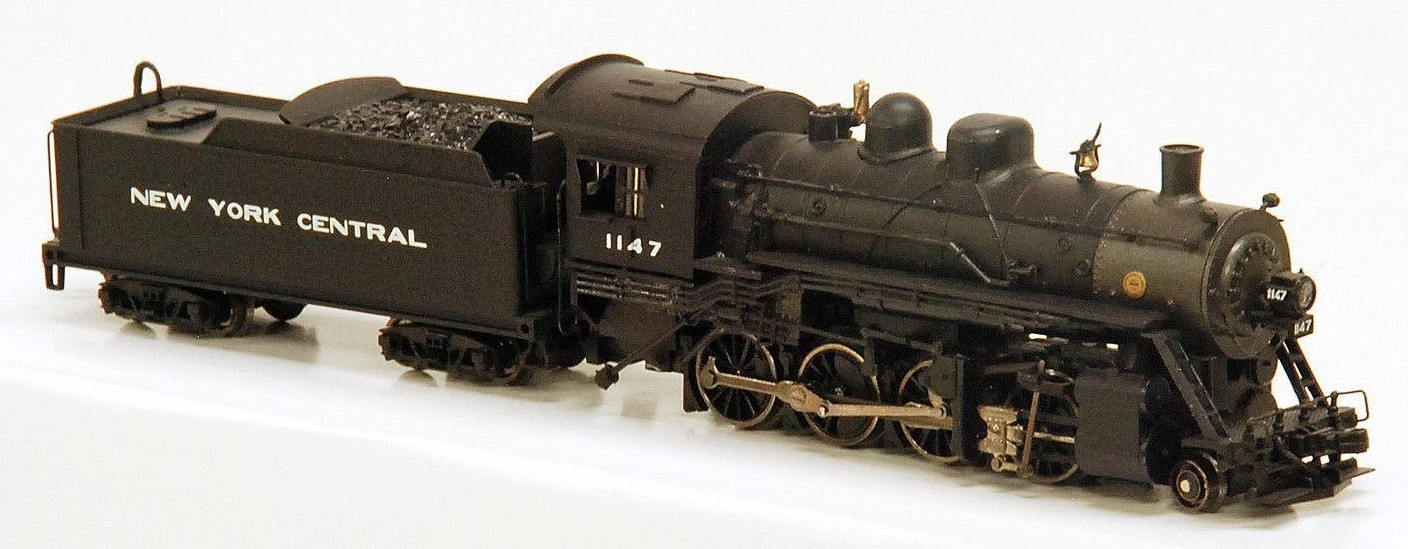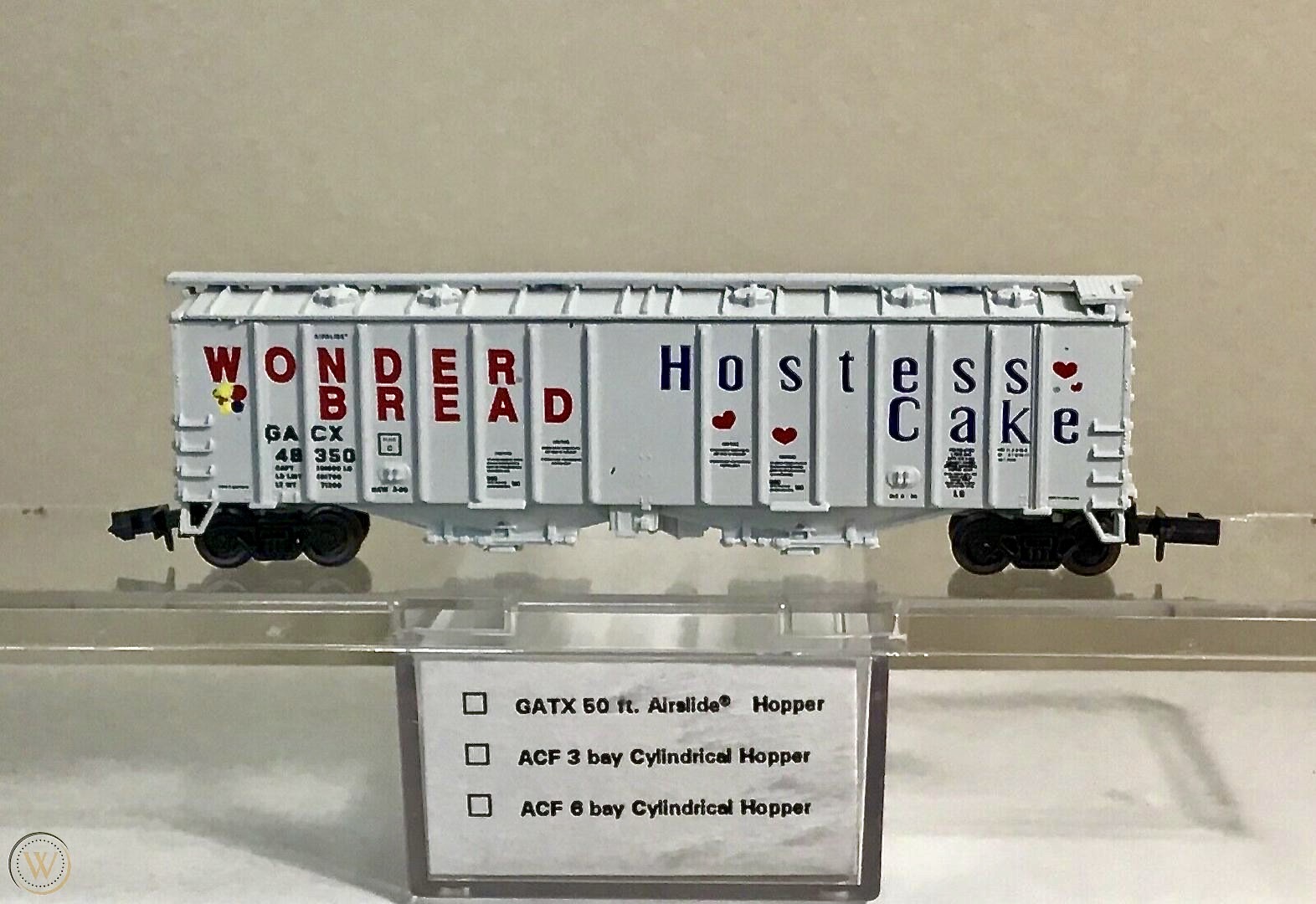Road Name History: The CSS&SB was born in 1925 when traction and utility magnate Samuel Insull acquired and reorganized the Chicago Lake Shore & South Bend. The CLS&S was a robustly built electric interurban line connecting South Bend, Indiana with Michigan City, Gary, East Chicago, Hammond and finally Illinois Central’s suburban line at Kensington, Illinois, just south of Chicago. The line was already blessed with broad curves and slight grades so it was not difficult for Insull to convert the line into a heavy electric in a style that would be familiar to fans of PRR, DL&W or Reading. Insull also secured trackage rights on the IC into Chicago. The overhead wire is a mix of catenary and trolley wire (the latter used on some of the low speed street trackage.)
Like many railroads, CSS&SB fell into bankruptcy in 1932 and Samuel Insull lost control. The Golden Age of Traction was over and the new management began to place more emphasis on freight service.
In addition to some boxcab electrics, the South Shore was one of two American roads to own “Little Joe” electrics. These had been built in the 1950s for the Soviet Union but Cold War tensions killed the deal. They were re-gauged (Russia is 5’ gauge) and sold to South Shore and Milwaukee Road instead. The “Little Joe” name was a reference to Joseph Stalin.
In 1967, Chesapeake & Ohio gained control of the South Shore and the occasional C&O diesel could be found switching the South Shore. In 1981, the Little Joe’s were retired and freight operations were dieselized with yellow and blue (like Chessie without the vermilion) GP38-2’s. Passenger operations remained electrified. Passenger losses were subsidized by the state of Indiana through this period. In 1982, the Northern Indiana Commuter Transportation District paid for a fleet of new passenger cars that replaced the heavy steel cars that first went into service in the Insull era.
In 1989, the South Shore fell into bankruptcy, bringing an end to CSX (formerly C&O) control of the line. Northern Indiana Commuter Transportation District took over operation of the money losing passenger operations. The following year, the Anacostia & Pacific short line group established a new Chicago South Shore & South Bend Railroad to provide freight service on the line. It was this group that brought back the orange and maroon paint scheme last used on the Little Joes. They currently operate 182 miles of line, much of it on trackage rights.
Traffic on the South Shore is primarily a pair of power stations that receive unit coal trains and mills that ship pig iron and finished steel. They also carry grain, manufactured goods, paper, and roofing materials.
Major customers include: Alexander Chemical, ArcelorMittal-Burns Harbor, Criterion Catylst & Technologies, GAF Corporation, Five Star Sheets, Foodliner, Maryland Pig Services, Northern Indiana Public Service, NAMASCO/Primary Steel, PSC Metals, Reserve Marine/Transfer Logistics, Rollcoater, Sims Metal Management, U.S. Steel - Midwest, USALCO, and Windy City Warehouse.
Like many railroads, CSS&SB fell into bankruptcy in 1932 and Samuel Insull lost control. The Golden Age of Traction was over and the new management began to place more emphasis on freight service.
In addition to some boxcab electrics, the South Shore was one of two American roads to own “Little Joe” electrics. These had been built in the 1950s for the Soviet Union but Cold War tensions killed the deal. They were re-gauged (Russia is 5’ gauge) and sold to South Shore and Milwaukee Road instead. The “Little Joe” name was a reference to Joseph Stalin.
In 1967, Chesapeake & Ohio gained control of the South Shore and the occasional C&O diesel could be found switching the South Shore. In 1981, the Little Joe’s were retired and freight operations were dieselized with yellow and blue (like Chessie without the vermilion) GP38-2’s. Passenger operations remained electrified. Passenger losses were subsidized by the state of Indiana through this period. In 1982, the Northern Indiana Commuter Transportation District paid for a fleet of new passenger cars that replaced the heavy steel cars that first went into service in the Insull era.
In 1989, the South Shore fell into bankruptcy, bringing an end to CSX (formerly C&O) control of the line. Northern Indiana Commuter Transportation District took over operation of the money losing passenger operations. The following year, the Anacostia & Pacific short line group established a new Chicago South Shore & South Bend Railroad to provide freight service on the line. It was this group that brought back the orange and maroon paint scheme last used on the Little Joes. They currently operate 182 miles of line, much of it on trackage rights.
Traffic on the South Shore is primarily a pair of power stations that receive unit coal trains and mills that ship pig iron and finished steel. They also carry grain, manufactured goods, paper, and roofing materials.
Major customers include: Alexander Chemical, ArcelorMittal-Burns Harbor, Criterion Catylst & Technologies, GAF Corporation, Five Star Sheets, Foodliner, Maryland Pig Services, Northern Indiana Public Service, NAMASCO/Primary Steel, PSC Metals, Reserve Marine/Transfer Logistics, Rollcoater, Sims Metal Management, U.S. Steel - Midwest, USALCO, and Windy City Warehouse.
Brand/Importer Information: Bachmann Industries (Bachmann Brothers, Inc.) is a Bermuda registered Chinese owned company, globally headquartered in Hong Kong; specializing in model railroading.
Founded in Philadelphia, Pennsylvania, the home of its North American headquarters, Bachmann is today part of the Kader group, who model products are made at a Chinese Government joint-venture plant in Dongguan, China. Bachmann's brand is the largest seller, in terms of volume, of model trains in the world. Bachmann primarily specializes in entry level train sets, and premium offerings in many scales. The Spectrum line is the high quality, model railroad product line, offered in N, HO, Large Scale, On30, and Williams O gauge all aimed for the hobbyist market. Bachmann is the producer of the famous railroad village product line known as "Plasticville." The turnover for Bachmann model trains for the year ended 31 December 2006 was approximately $46.87 million, a slight increase of 3.36% as compared to 2005.
Founded in Philadelphia, Pennsylvania, the home of its North American headquarters, Bachmann is today part of the Kader group, who model products are made at a Chinese Government joint-venture plant in Dongguan, China. Bachmann's brand is the largest seller, in terms of volume, of model trains in the world. Bachmann primarily specializes in entry level train sets, and premium offerings in many scales. The Spectrum line is the high quality, model railroad product line, offered in N, HO, Large Scale, On30, and Williams O gauge all aimed for the hobbyist market. Bachmann is the producer of the famous railroad village product line known as "Plasticville." The turnover for Bachmann model trains for the year ended 31 December 2006 was approximately $46.87 million, a slight increase of 3.36% as compared to 2005.
Item created by: gdm on 2016-10-24 13:22:14. Last edited by gdm on 2016-10-24 13:22:38
If you see errors or missing data in this entry, please feel free to log in and edit it. Anyone with a Gmail account can log in instantly.
If you see errors or missing data in this entry, please feel free to log in and edit it. Anyone with a Gmail account can log in instantly.








